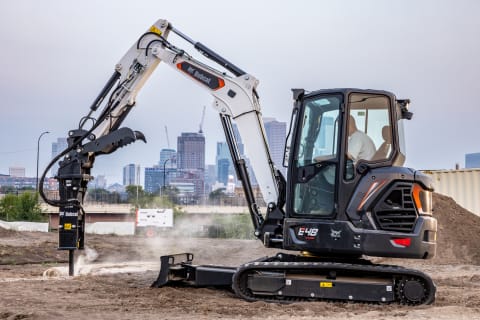Bobcat Company is a member of the Doosan Group. Doosan is a global leader in construction, grounds maintenance and material handling equipment, power and water solutions, and engineering that has proudly served customers and communities for more than a century.
Bobcat Company is committed to fostering an inclusive and a diverse workforce and is an Equal Opportunity Employer. All qualified applicants will receive consideration for employment without regard to sex, age, race, color, religion, creed, citizenship status, national origin, disability, marital status, sexual orientation, gender identity, protected veteran status, or any other status or characteristic protected by law. Bobcat Company is a VEVRAA federal contractor and seeks priority referrals of protected veterans.
Bobcat®, the Bobcat logo, the colors of the Bobcat machine and various other product names referenced on this website are trademarks of Bobcat Company in the United States and various other countries.
©2025 Bobcat Company. All rights reserved.
